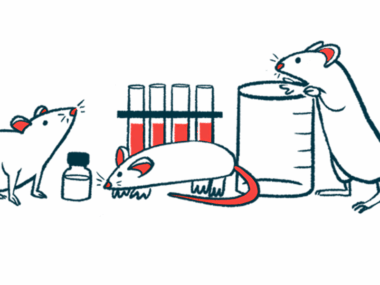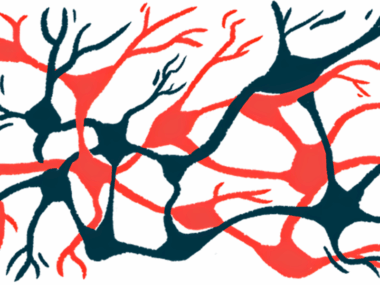5 scientists win 2024 SPARK NS awards for Parkinson’s research
The two-year program is designed to boost therapies' clinical development
Written by |

The nonprofit SPARK NS has announced the five recipients of the 2024 SPARK NS Parkinson’s Disease Translational Research Program that’s designed to foster the clinical development of promising therapies for Parkinson’s disease.
The two-year program provides each scientist with up to $2 million, depending on the achievement of pre-established milestones. Plus, to boost the transfer of the knowledge from the academic center to the clinic and increase the likelihood a therapy will make it to market, the scientists will enroll in education and training in drug development, and receive mentoring from more than 50 industry expert advisors. Both scientific and business networking opportunities are also available.
“A typical drug development process takes 10 to 12 years and costs more than a billion dollars,” Daria Mochly-Rosen, PhD, board director, chief scientific and education advisor of SPARK NS, said in a press release. “Despite all the time and money spent, just 14% of lab discoveries that advance to clinical trials make it to market.”
Mochly-Rosen founded the SPARK translational program two decades ago at Stanford University. Since its launch, about 50% of its academic research-supported projects have been licensed or reached clinical trials.
“In our experience, one reason for the low success rate is lack of knowledge, know-how, and tangible support needed to translate academic discoveries into realistic solutions. Academic studies of biomedical breakthroughs published in even the highest impact journals often fail to attract the interest of pharmaceutical companies in drug development efforts,” Mochly-Rosen said. “Funding is essential, but it’s not enough. SPARK NS programs provide comprehensive resources and collaborative experiences that prepare academic researchers for the challenging process of drug development.”
Five recipients and their projects
Two projects focus on the alpha-synuclein protein, which, when it clumps up, is believed to fuel the death of brain nerve cells that produce the chemical messenger dopamine. These clumps form aggregates called Lewy bodies that are toxic to nerve cells and can spread from one brain area to another. This is thought to contribute to the progression of symptoms.
Alice S. Chen-Plotkin, MD, a professor at the University of Pennsylvania, will use the funds to investigate the impact of reducing the spread of alpha- synuclein.
Matthew D. Disney, PhD, at the University of Florida will assess the efficacy of small molecules designed to degrade the messenger RNA (mRNA) of alpha synuclein. mRNA is a molecule that serves as a template for producing alpha-synuclein. While using small molecules to target the protein has been challenging due to a lack of “targetable” regions, the mRNA of alpha synuclein has a structure that makes it suitable for this approach.
The project of Gary W. Miller, PhD, a professor at Columbia University, will assess how to prevent further damage of dopamine-producing neurons by levodopa and its derivatives. Levodopa is the precursor of dopamine and a gold standard therapy for Parkinson’s that effectively reduces early motor symptoms. Evidence suggests the therapy may further damage dopamine-producing neurons due to the overproduction of damaging reactive oxygen species, however.
A hallmark of Parkinson’s is the loss of dopamine-producing neurons so another project will investigate the therapeutic potential of inducing the re-innervation, or growth, of their axons, the long, slender projection of nerve cells whose job is to transmit information. This project is led by David Sulzer, PhD, a professor at the Columbia University.
Finally, James H. Hurley, PhD, professor at the University of California-Berkeley, will investigate the therapeutic potential of small molecules to enhance autophagy, a process through which old, damaged, or unneeded proteins are broken down. Evidence suggests problems with autophagy in cells contributes to Parkinson’s disease.
“The projects are stellar examples of the work being done by academic researchers in the Parkinson’s disease research community on treatments for Parkinson’s. SPARK NS will launch a new program every year to ensure the translation of more academic discoveries into therapies that improve the quality of life for the millions of people around the world with Parkinson’s and other neurological disorders,” said SPARK NS Executive Director Stephen Kargotich, PhD.






